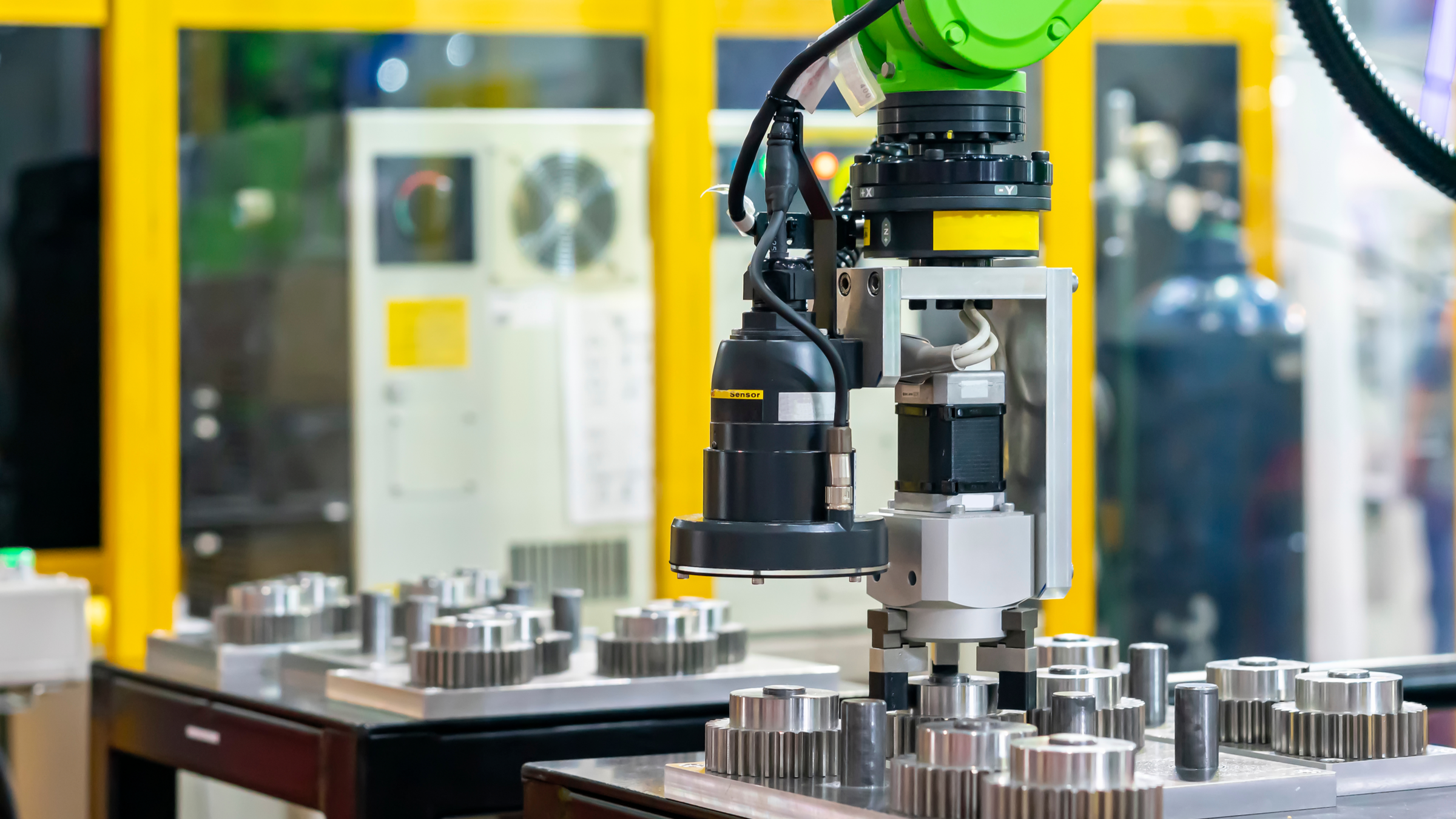In this voyage, the automobile sector not only adapts to but also leads to change. Automakers, authorities, and people are working together to create a cleaner, healthier future. NEVs are more than simply cars they are symbols of our resilience, devotion to innovation, and commitment to leaving a healthy planet to future generations.
We set out on an adventure into the world of forge parts and New Energy Vehicles. Let us untangle the complexities, celebrate the achievements, and acknowledge the challenges that will pave the way for a future in which mobility is as appropriate as it is thrilling. In these pages, we meet not only vehicles but the embodiment of a vision—one in which the roads we travel not only take us somewhere but also bring us to a more sustainable and harmonious world.
What exactly are New Energy Vehicles?
New Energy Vehicles (NEVs) are automobiles that use renewable energies such as electricity, hydrogen fuel cells, and hybrid systems rather than standard engines that burn fuel. New Energy Vehicles (NEVs) are a type of vehicle that uses alternative energy as its principal mode of transportation.
The Pros and Cons of New Energy Cars in Automobiles
Environmental advantages
NEVs, particularly BEVs, and FCVs, emit minimal to no tailpipe emissions, helping to better air quality and lower greenhouse petrol emissions, which are critical for combating climate change and minimizing city pollution. The utilization of renewable energy assets for charging also reduces NEVs’ carbon impact, making them significant participants in achieving sustainability goals.
Economic benefits
NEVs feature fewer moving parts than gasoline-powered vehicles, resulting in lower preservation and repair costs over the vehicle’s lifetime. Charging an EV is frequently less expensive than filling a conventional vehicle, resulting in lower fuel costs and capacity savings for consumers.
Battery advancements
NEVs drive advancements in battery subsequent ones, affecting other industries such as renewable energy storage and portable electronics. Battery developments in the context of new energy vehicles (NEVs), particularly electric cars (EVs) and hydrogen fuel cell vehicles have been critical in enhancing these vehicles’ performance, range, and general attractiveness.
Noise reduction
Electric motors operate more quietly, decreasing noise pollution in urban areas and enhancing standard riding comfort. One of the most immediate advantages of noise reduction in NEVs is an improvement in disturbances in suburban and urban regions. Quieter automobiles contribute to quieter streets, which improves citizens’ general quality of life.
Fitness and properly-being
The reduction in tailpipe emissions from NEVs adds to cleaner air, which leads to increased public fitness and enjoyment in areas with high populations. Aerobic exercise such as jogging, swimming, or cycling promotes heart health, strengthens the cardiovascular system, and increases overall endurance.
Drawbacks of the latest strength automobiles (NEVs)
Variety of anxiety
EVs, particularly early versions, may have restricted degrees compared to conventional vehicles, causing a variety of worries among drivers concerned about running out of battery power. Despite growing ranges, some EV owners still have range anxiety, worried that they may run out of energy before reaching their destination or the next charging station.
Charging Infrastructure
The number and distribution of charging stations are patchy across the country, raising concerns about long-distance travel and charging convenience. Despite advances in the rapid-charging age, charging an EV takes longer than refueling a traditional car. While fast-changing technology is advancing, charging an electric vehicle still takes longer than refueling a petrol vehicle.
Constrained Version Variety
In comparison to regular automobiles, the number of available NEV models may be limited, limiting buyers’ ability to locate an appropriate automobile that matches their needs. While the number of NEV models on the market is growing, there may still be constraints in terms of vehicle kinds, sizes, and features when compared to the large range of alternatives available for traditional vehicles.
Environmental Impact of Battery Manufacturing
The creation of batteries for NEVs may have environmental consequences due to aid extraction and processing, as well as concerns about recycling and disposal. Battery manufacturing necessitates the extraction of raw materials, some of which can have negative environmental consequences.
Consumer Attention and Schooling
Many buyers are unfamiliar with the NEV generation, necessitating education about the benefits, downsides, and operation of these vehicles. Creating a strong and large charging network necessitates significant infrastructure investment, as well as installation and maintenance.
Finally
We emphasize the critical role of NEVs in crafting a future where innovation and environmental stewardship share the road. As these cars advance, from longer ranges and faster charging times to greater affordability and easy compatibility with energy from natural sources, they solidify their position as the foundation of sustainable mobility.










